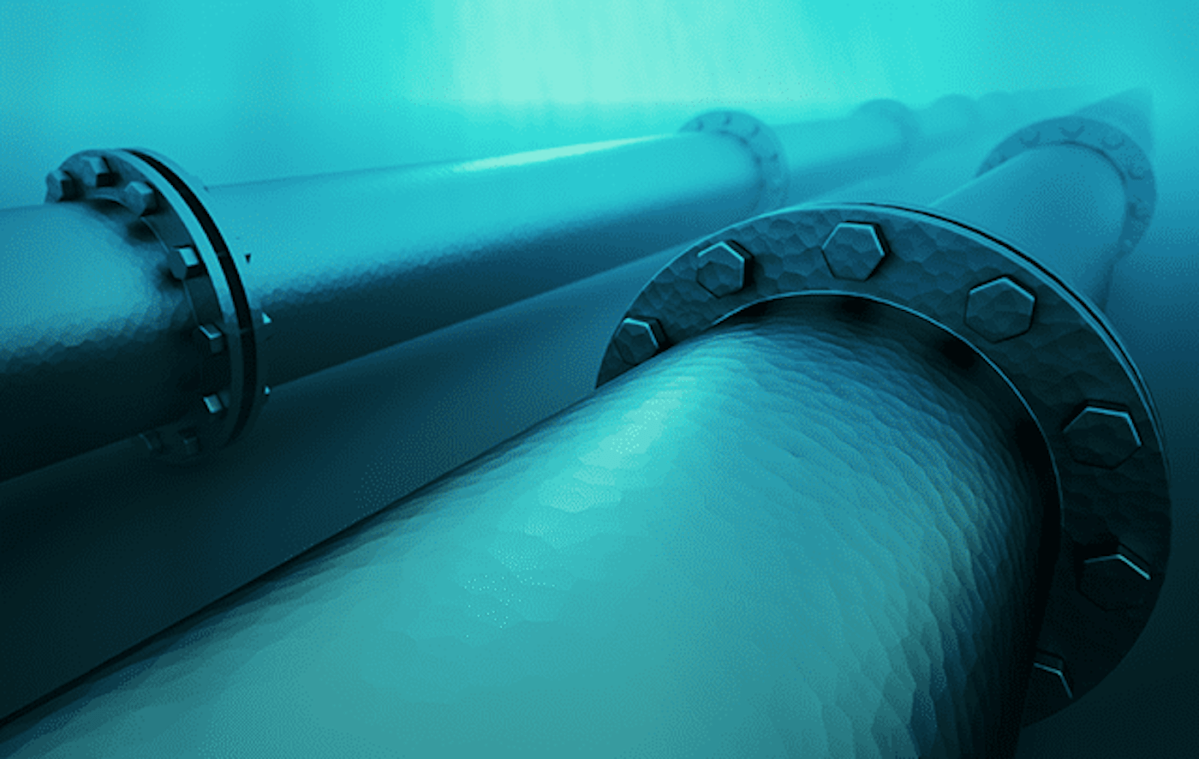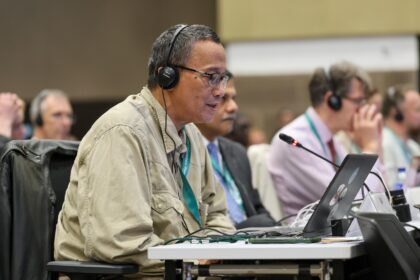[ad_1]
A combination of pandemic-linked economic slowdowns, global over-production and a wave of countries going green is creating pains for global producers.
In the Eastern Mediterranean, falling prices and shrinking demand threaten to upend the region’s most ambitious-ever natural gas sector project.
The US$7 billion East Med Gas Pipeline (EMGP) – lauded by politicians from Tel Aviv to Athens and Nicosia to Cairo – was designed to send gas from Cypriot, Israeli and Egyptian offshore fields to Europe via a 1,900-kilometer link to Greece.
Yet, “I just don’t see how it’s ever going to happen,†Dr Charles Elinas, senior fellow at the Atlantic Council and a regional energy expert, told Asia Times. “Simply put, there’s just too much gas in the world.â€
This has major implications for the political, diplomatic and security architecture currently being built on top of the EMGP’s shaky foundations.
It also highlights what a recent International Energy Agency (IEA) report called “existential questions†for the European gas market – and for international energy politics in general – in the years to come.
Prices and policies
Covid-19 has delivered a major blow to global gas demand, as economies have locked down and energy usage has collapsed.
Prices began falling for natural gas and liquefied natural gas (LNG) some time ago, despite occasional surges like that recently seen during the cold snap in Asia.
The Henry Hub index, an industry-standard measure, shows a high of around $13 for a million British thermal units (mmbtu) of gas in June 2008.
By February 24, 2020 – before the pandemic had a major economic impact and in the middle of the northern hemisphere winter – the price was just $1.94/mmbtu.
For LNG, meanwhile, the spot-price in Japan – one of the world’s largest LNG consumers – averaged just $1.64/mmbtu between 2016 and 2020, according to data from Refinitiv.
These low prices are being driven by basic economic laws of supply and demand.
“Nowadays, there is just so much supply in the market,†Mehmet Ogutcu, chair of the London Energy Club and a former Turkish diplomat, told Asia Times. “There are abundant reserves and LNG capacity has also been growing significantly.â€
That capacity is due to ramp up again after Qatar, which vies with Australia and the US as the world’s top LNG supplier, announced last month that it would expand production from its giant, North Field reserve.
“The two-phase North Field Expansion will boost LNG output by nearly two-thirds by 2027, and even more could come after that,†Rory Fyfe, managing director of consultancy MENA Advisors, told Asia Times.
Meanwhile, future demand for gas faces major challenges.
The EU, which UN Statistics Division data shows consumed around 26% of the global natural gas supply in 2018, compared to America’s 21% and China’s 7%, has set a zero-emissions goal for 2050.
By 2030, the EU targets a 55% reduction in emissions with no new gas projects going forwards.
At the same time, the Joe Biden administration is moving quickly to launch its own “Green Dealâ€, a gambit that will see the US cancel gas pipelines and re-join the Paris Agreement on climate change.
As for China, which has few gas or oil resources of its own, “Beijing is very mindful of security of supply issues,†says Elinas. “This means they are maximizing domestic production of energy, such as coal, and trying to import gas only from countries they can really rely on and which won’t be subject to possible US sanctions if US-China relations deteriorate.â€
Under these circumstances, gas prices are likely to continue to fall, as demand shrinks but supply keeps growing. Only those countries that have very cheap production costs – like Qatar and Russia – are likely to withstand these shrinking future returns.
“Whatever happens with demand and prices,†says Fyfe, “Qatar should be able to find buyers for its output at profitable levels. This also means that when renewables finally begin to replace gas in the second half of the century, Qatar will be among the last suppliers standing.â€
Shrinking pond
Meanwhile, in the Eastern Mediterranean, Cyprus, Israel and Egypt all have gas fields, with Egypt seen as “the superpower of gas in the region,†says Ogutcu.
Its offshore Zohr field is the largest in the Mediterranean and twice the size of Israel’s nearby Leviathan field.
Cyprus’ offshore Aphrodite field, along with other recent discoveries in Cypriot waters, are smaller still. Selling much of the gas from these fields has, however, already proved difficult.
“Israel is now trying to sell its gas to Egypt,†says Elinas, “but Egypt now has a surplus of gas.â€
Located at the very edge of Cyprus’ Exclusive Economic Zone (EEZ), Cypriot gas would also likely have to be sent to the much-closer Egyptian coast before sending on elsewhere.
Yet, so far, an agreement on this has eluded Nicosia and Cairo.
In addition, Turkey disputes the Cypriot EEZ and has sent its own seismic research and drill ships into what Nicosia claims as its own territorial waters.
This has added a major layer of political risk to Cypriot gas, in addition to its economic challenges.
At the same time, international oil and gas companies have little appetite for fresh investment, having just suffered one of their worst years in history.
“Shell, ENI, ExxonMobil, Chevron – they are all important for the region’s gas and are all cutting spending drastically after recording huge losses in 2020,†says Elinas.
Appetite for any new gas projects – let alone a $7 billion one – is therefore scarce.
The road ahead
Although the financial numbers do not add up for the EMGP, regional gas may still have a market, however.
Asia is expected to see its demand for LNG continue to grow, while there are also continuing domestic energy needs in Israel, Cyprus, Jordan and Lebanon.
Yet, this more modest future may not be satisfactory for many of the region’s politicians, with a considerable political, diplomatic and security architecture being built on top of the EMGP’s shaky foundations.
This includes the Cairo-based East Med Gas Forum (EMGF), which was formally activated this week, on March 1.
Consisting of Cyprus, Greece, Egypt, Israel, Jordan, Italy and Palestine, France is an applicant member, while the US, European Union (EU) and UAE are observers.
These have pledged to work together in developing their gas resources.
It also includes the Philia Forum, which met in Athens on February 11 and brought Saudi Arabia, Bahrain and Iraq in to join the EMGF members and observers.
Accused by an un-invited Turkey of being a “hostile†alliance, the Forum also saw Greek Foreign Minister Nikos Dendias accuse Ankara of “illegal and irrational actions†at its closing press conference.
Where these increasingly geopolitical, rather than economic, fora will go remains to be seen as global energy demand undergoes radical shifts.
“In these changing times, there’s a need to change with them,†says Elinas. “The problem is, the politicians seem to find this so very difficult to do.â€
[ad_2]
Source link













